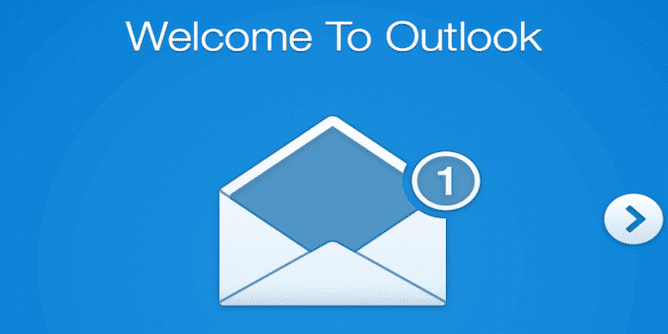It’s almost been a year since Microsoft launched their latest version of Outlook – Outlook 2016. So we thought we would take a look at the impact the latest model of Outlook has had on our clients in the past year. I’m sure many B2B email marketers won’t be surprised at the results, which is why we’ve also come up with a few solutions in the meantime.
Let’s face it, all of us in the B2B marketing realm have encountered some form of Outlook error. Like its predecessors, Outlook 2016 renders HTML using Microsoft Word, meaning a whole host of problems for email marketers and designers. With poor support for HTML and CSS, our clients found a whole host of annoying quirks.
These included (but aren’t limited to):
- Lack of support for background images in divs and table cells
- No support for CSS float or position
- No support for text shadow
- Poor support for CSS width and height
- Problems with nested elements background colours
For a more detailed look at the coding challenges that Outlook 2016 presents, take a look at the in-depth guide from our partner company, Email on Acid.
But does it really matter?
With mobile email marketing only growing and more businesses turning to the likes of Gmail, should we still be concerned with Outlook’s behind-the-times approach? Of course we should. As email marketing continues to rise in its use, we cannot simply concern ourselves with how email marketing platforms perform when combined with lead generation technology, fed with CRM data and automated with marketing automation providers. Nor should we just concern ourselves with how it renders on other platforms.
Given Outlook’s popularity in the B2B world, how emails render in Outlook is 70% of the B2B delivery environment for a lot of people. That makes it a high-priority for all of our clients. That’s why we’ve taken the necessary precautions to make sure emails sent to Outlook inboxes render as well as they can.
Outlook solutions we recommend
Due to Outlook 2016’s lack of support for many CSS, we know that table-based layouts are a necessity for optimisation or you can use conditional CSS to target Outlook 2016 specifically. You can see our architecture of outstanding email design to get you started too.
Our second suggestion would be to fill your emails with useful content. We’ve taken a plain text HTML approach, which is best for Outlook and has seen click-through rates increase to 15%. Clearly, useful content trumps graphic discrepancies any day of the week.
Finally, and we cannot stress this enough: test, test and test your emails again. Testing your emails for rendering issues is the only way to make sure your emails render consistently. Use our ultimate guide to split testing to help you achieve even greater results.
The future of the Outlook family
By the sound of it, Microsoft will introduce a new email client/rendering engine soon for the new Outlook Web App experience powered by Office 365. As of right now, Outlook.com is Microsoft’s email service (back-end) and Outlook Mail is the web email client (front-end) that lets you browse your Outlook.com email account. Outlook Mail is part of the Outlook on the web suite of apps. Outlook, or Office Outlook, is Microsoft’s desktop email client that can be used with Outlook.com email addresses or any other email addresses. Reports coming in say the new email client/rendering engine looks like the worst rendering email client to date. With Outlook constantly changing, we expect more upsets to come this year so brace yourselves.







